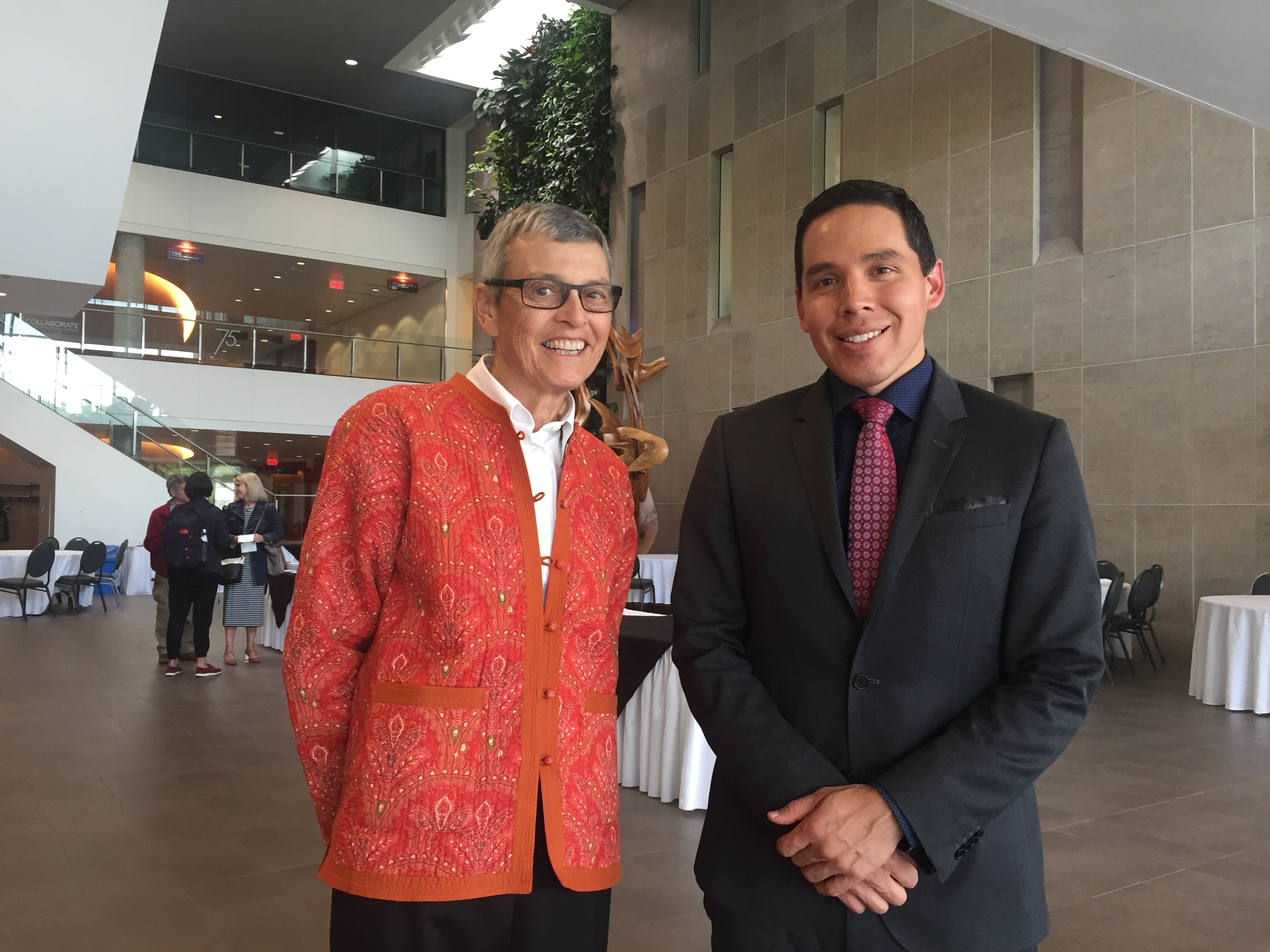Natan Obed, president of Inuit Tapiriit Kanatami (ITK), a non-profit organization representing over 60,000 Inuit people in Canada, discussed Inuit democracy at Carleton’s Graham Lecture in June.
The annual lecture highlights issues and policies concerning Indigenous communities in Canada.
His keynote speech explained the special government structure for Inuit people of Canada, and how it affects them. Obed said he doesn’t assume that people fully understand Inuit government structure.
“It’s complicated, and many of our own Inuit in communities don’t necessarily know how these structures all interact and work together, because they (the structures) are relatively new,” he said.
Simply put, there are four Inuit regions as a result of land claim agreements, according to Obed. They stretch across the Northwest Territories, Nunavut, Quebec, Newfoundland, and the Yukon.
Registered Inuit people can vote for the president of their region, he explained. Then, the four regional presidents choose the president of ITK: Obed’s current position.
“ITK represents Inuit nationally on constitutional rights, legislation, and in consultations,” Obed said, which he labelled an Inuit democracy.
Additionally, he said many are unaware that Inuit people are not governed under the Indian Act, unlike First Nations and Métis people. Because of this, Inuit people often face different challenges and have a different relationship with the rest of Canada compared to other Indigenous peoples.
But this doesn’t mean Inuit people aren’t influenced by the Indian Act, Obed said.
The Indian Act outlines many of the ways the government approaches First Nations and Métis issues. Being left out of the act has many benefits, Obed said; but because Inuit people are left out of the Act, there are often issues with funding distribution, he added.
“For Inuit, we have always been between a number of different policy realities,” Obed said. “So the north of 60 reality (which refers to anything north of 60 latitude) works for the Northwest Territories and for Nunavut. But in an Indigenous funding space, there are a number of different Indigenous considerations for the Northwest Territories [that] aren’t in Nunavut. So you might have vastly different application of particular pots of funding for Indigenous issues within that space.”
According to Obed, in the late 1940s and early 1950s, “there was this new program that was going to focus on art, and the production of art, that Inuit could sell to southern Canadians or to an international market.” But Newfoundland and Labrador was excluded from the funding pot, Obed said, meaning a whole segment of the Inuit population didn’t have access to the initiative.
“So here we are in 2018, and we know Inuit art to be a certain thing,” he said. “But it excludes, in many cases, major artwork from Nunatsiavut (the Inuit region in Newfoundland).”
Another challenge for Inuit people is suicide prevention, Obed said.
According to the Canadian government’s suicide prevention website, suicide rates for First Nations youth are five to seven times the rate of non-Indigenous youth. But the rates for Inuit youth are even higher, at 11 times the national average, putting them among the highest rates in the world.
When Parliament discussed the issue, Obed said it was treated as an Inuit issue and met with sympathy, instead of being met with a public health policy strategy.
Obed ended his speech by urging Canadians to do better to understand Inuit people and their place in Canada, as people wanting to contribute to and be a bigger part of it.
“We exist more than just people who have an amazing culture, and who have exotic wildlife species like polar bear, and beluga, and narwhal,” he said. “We are actually trying to figure out the messy parts of the implementation of our rights, and there is a real positive outcome that we all want to search for together.”
Photo by Meaghan Haldenby






